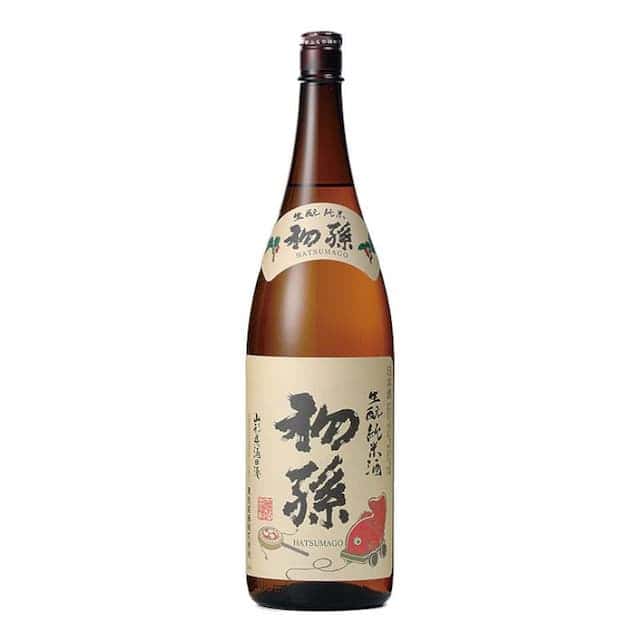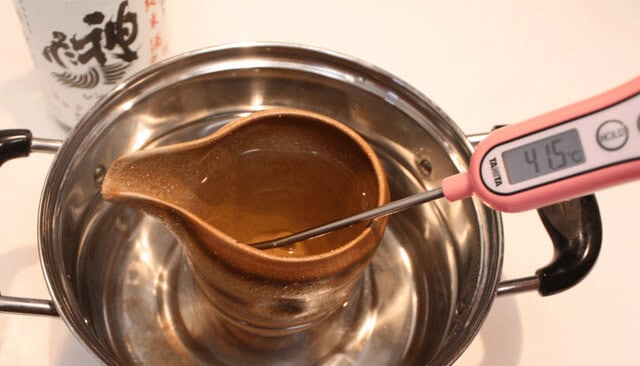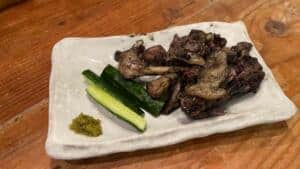Hot sake, or Atsukan (熱燗), is a cherished way to enjoy sake in Japan, especially during the colder months. By gently warming the sake, its flavors and aromas are enhanced, creating a richer, smoother drinking experience. But what’s the best way to heat it? And why are certain types of sake ideal for warming? In this article, we’ll explore the history of Atsukan, how to prepare it at home, and tips on finding your perfect serving temperature. Read on to discover the secrets behind this traditional beverage and elevate your sake experience!
What is Hot Sake?
You may have heard the term “atsukan,” atsukan or is popularly known as Hot Sake. Atsukan is the act of heating sake hotter than usual. It’s a traditional way to enjoy sake, particularly during colder months, as it enhances both the flavor and aroma of the beverage.
Servers typically heat sake to specific temperatures, ranging from 40°C to 55°C (104°F to 131°F), depending on the sake type and the drinker’s preference. While not all sake suits heating, many richer, more full-bodied types of sake taste ideal when warm.
This revision actively states who performs the action (servers heat the sake) and makes the sake and drinkers the subjects of their respective clauses, eliminating passive constructions. Would you like me to explain any of these changes further?
Taste changes depending on temperature

The charm of sake is that you can enjoy different flavors depending on the temperature at which you drink it, even if it is the same sake. Warmed sake brings out the original umami and aroma more strongly. Warming sake to about 35℃, which is close to human body temperature, brings out the sweetness the most. At temperatures above hot sake, the sweetness of the sake becomes less noticeable and it generally becomes dry. Be careful, as the balance of the flavor can be lost if the temperature is too high.
Hot Sake History

The act of warming sake is said to have a history of 4000 years in China. Influenced by Chinese culture, it was during the Heian period that people started drinking warm sake in Japan. It was started by the nobles who were new to the culture. It was not until the Edo period that people started drinking warm sake all year round. In fact, at that time, it was more common to drink sake warm than chilled.
FAQ
- What is the proper temperature for hot sake?
People generally consider 45-50 degrees Celsius the appropriate temperature, but they enjoy it in the range of 40-55 degrees Celsius, depending on preference.
- What are the characteristics of sake suitable for hot heating?
Sake with a strong flavor and a certain level of acidity, such as junmai sake and matured sake, are suitable.
- How does the taste change when heated?
The aroma becomes stronger, the acidity lessens, and the sweetness (umami) becomes stronger. Alcoholic taste is softened and the flavor becomes rounder.
- Can I make hot sake in a microwave oven?
Not recommended. Temperatures tend to be uneven and aroma and taste may be compromised.
Recommended Hot Sake in Japan
Hatsumago 初孫 生酛純米酒

Suigei 酔鯨 特別 純米酒

Other Jyunmai Sake for Hot Sake
How to make Hot Sake?

Pour sake into a tokkuri (small sake carafe) until it is 90% full.
After pouring, cover the spout of the tokkuri with plastic wrap to prevent the sake’s aroma from escaping.
Fill a pot with water and immerse the tokkuri with the sake. Adjust the water level so that it comes halfway up the tokkuri.
Remove the tokkuri from the pot. Heat the water until it boils, then turn off the heat.
Place the tokkuri back into the hot water after turning off the heat.
For lukewarm sake, use water at about 40°C, but be cautious as it may take over 10 minutes and cause the alcohol to evaporate. To preserve the flavor, warm the sake quickly in 2-3 minutes.
When the sake reaches the rim of the tokkuri, lift it out. If the bottom of the tokkuri feels hot to the touch using your middle finger, the sake is ready.
Sake is generally best served at around 45°C, but finding your preferred temperature is part of the fun!
Recommended Restaurants for Hot Sake
Junmaishu Sanpin (純米酒 三品)

The sake is pasteurized junmaishu. It has a mellow flavor that you won’t tire of drinking. From among these junmaishu, there is a lineup of sake that is delicious when served warm. Once you order your drink, you have to wait a while. This unique wait time is unique to Warm Sake.
Le Jangre (ル・ジャングレ)

Located in front of Gakugei University, this restaurant was popular for its natural wines and dishes made with seasonal ingredients. On the bottles of sake that are suitable for warming, they write the appropriate temperature, such as 50 to 53, to attract interest. They sell “Furei Namatorimoto Shikomi” for 540 yen (half a cup), which has a mature flavor and is warmed to a high temperature of 65 degrees to soften the flavor.
Summary

We hope that this article has helped you gain a deeper understanding of hot sake, or Atsukan, and how it’s enjoyed in Japan. From its unique preparation to the warmth it brings on a chilly day, Atsukan is a must-try experience. We encourage you to explore this delightful drink when you visit Japan and discover the tradition for yourself.
There are other sakes and Japanese drinks you can try.
















Comments